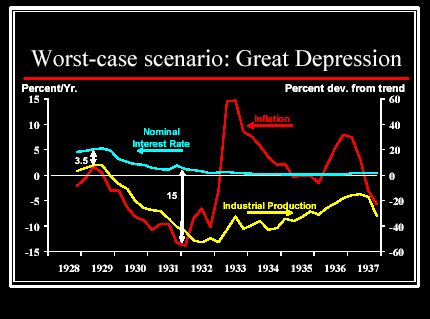Re: The dollar, precious metals, and the 'other' invisible hand
Correct me if I'm wrong guys, but isn't it possible to buy 1000 oz bars (silver, not gold, unless you are as rich as Croesus) on the COMEX right close to the current spot price and then take delivery? Or did this archaic and quaint notion go the way of the dodo?
Correct me if I'm wrong guys, but isn't it possible to buy 1000 oz bars (silver, not gold, unless you are as rich as Croesus) on the COMEX right close to the current spot price and then take delivery? Or did this archaic and quaint notion go the way of the dodo?




Comment